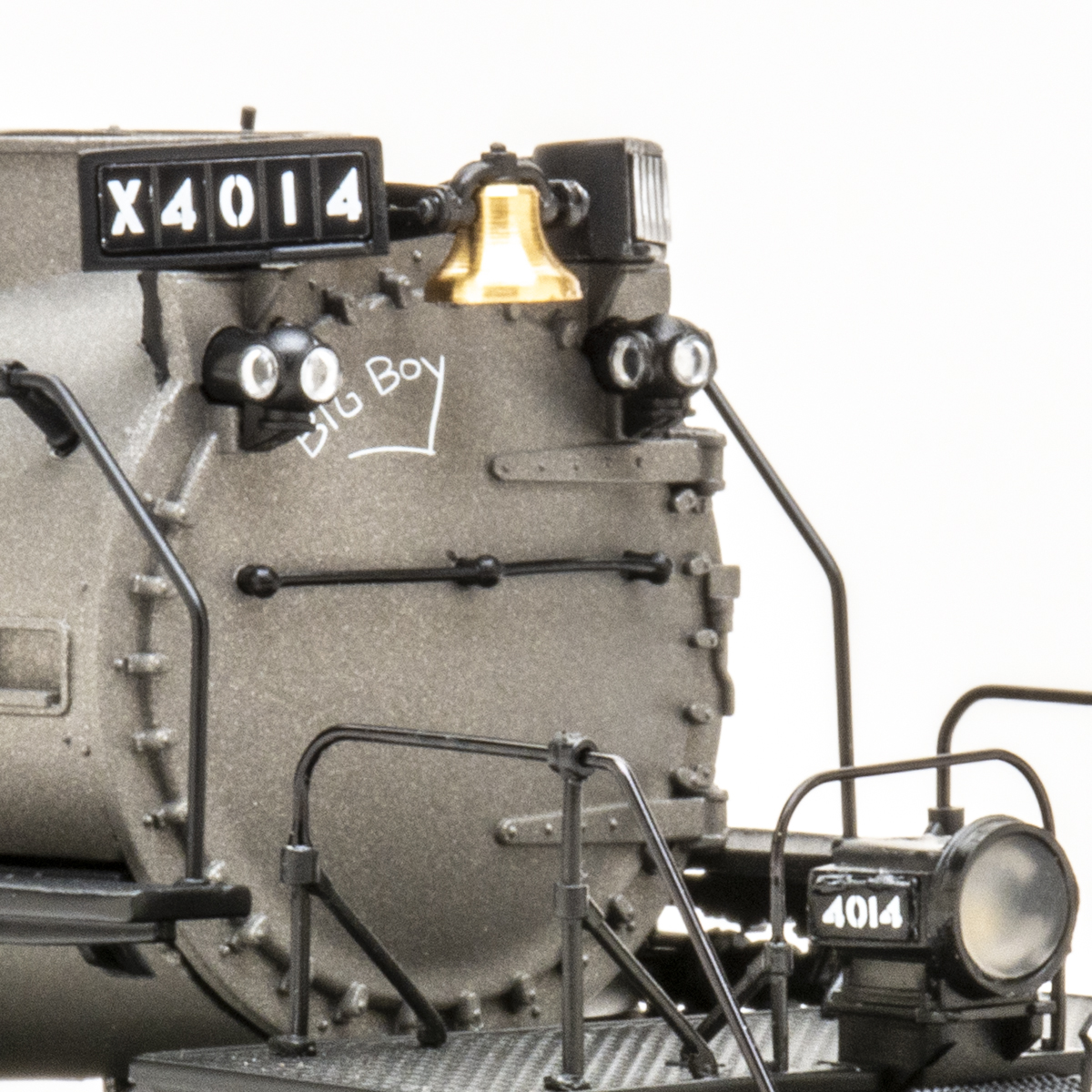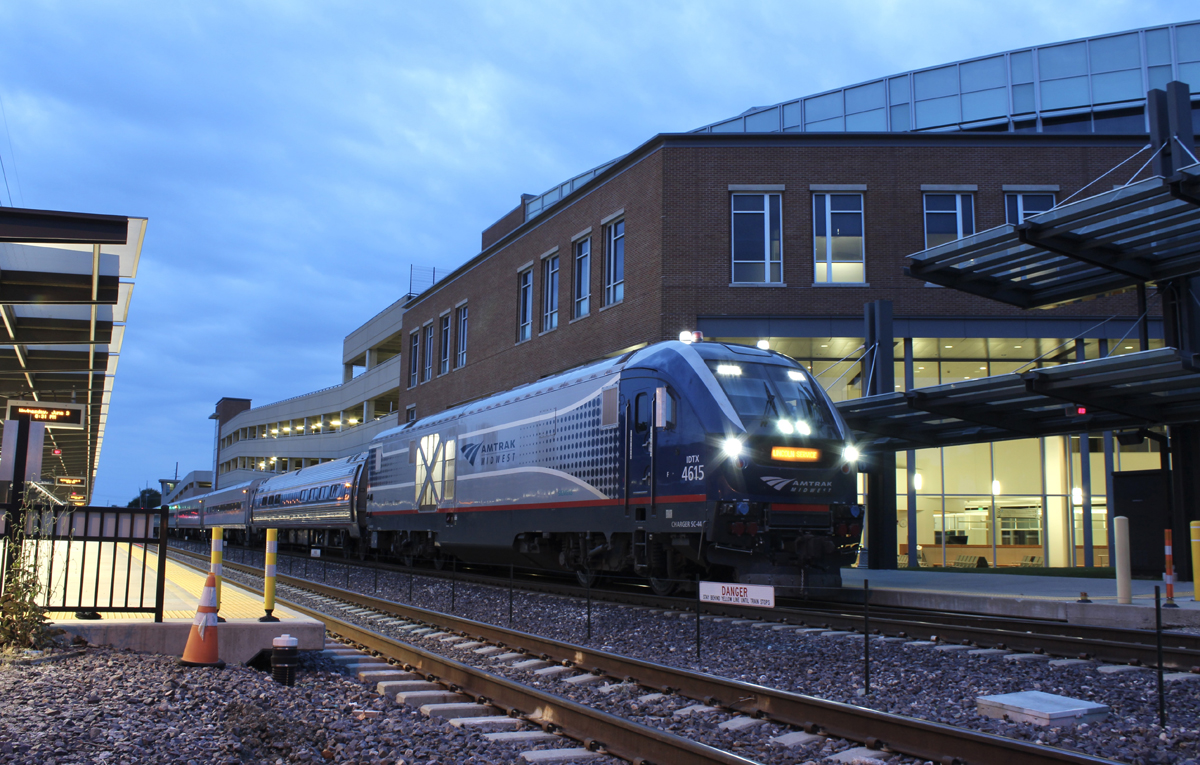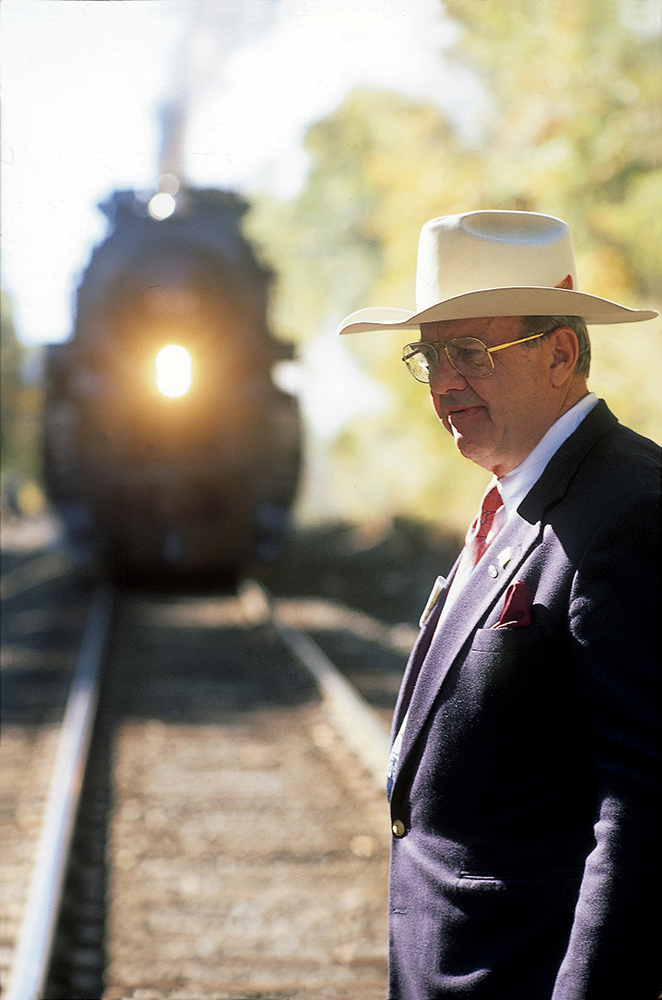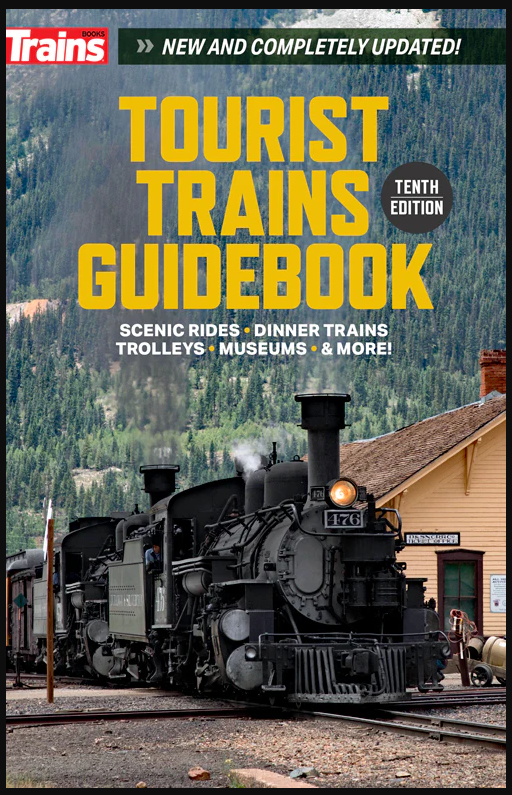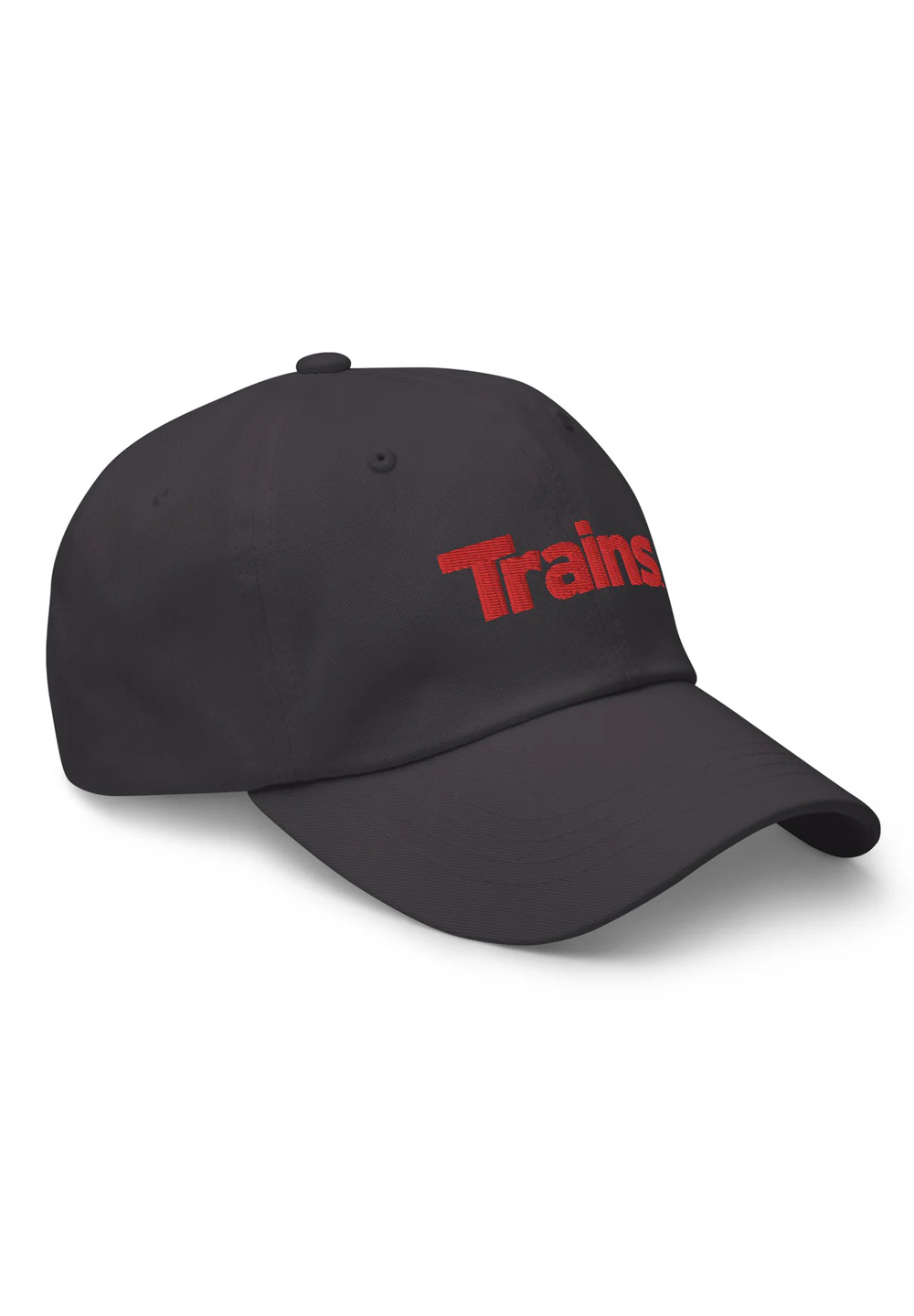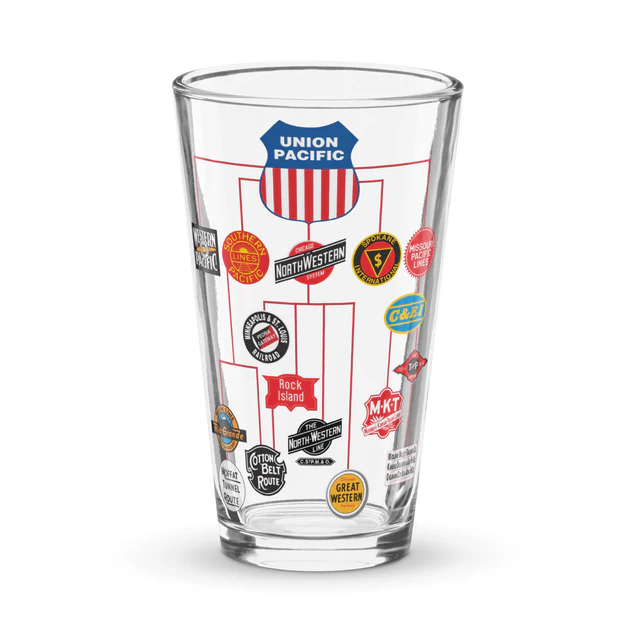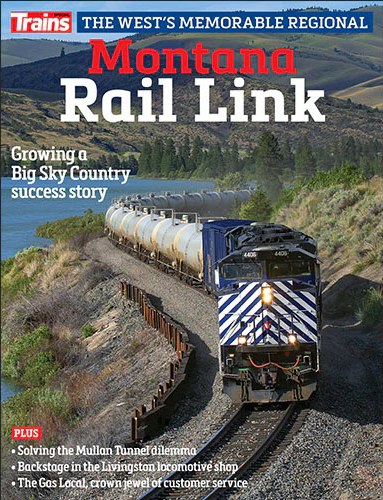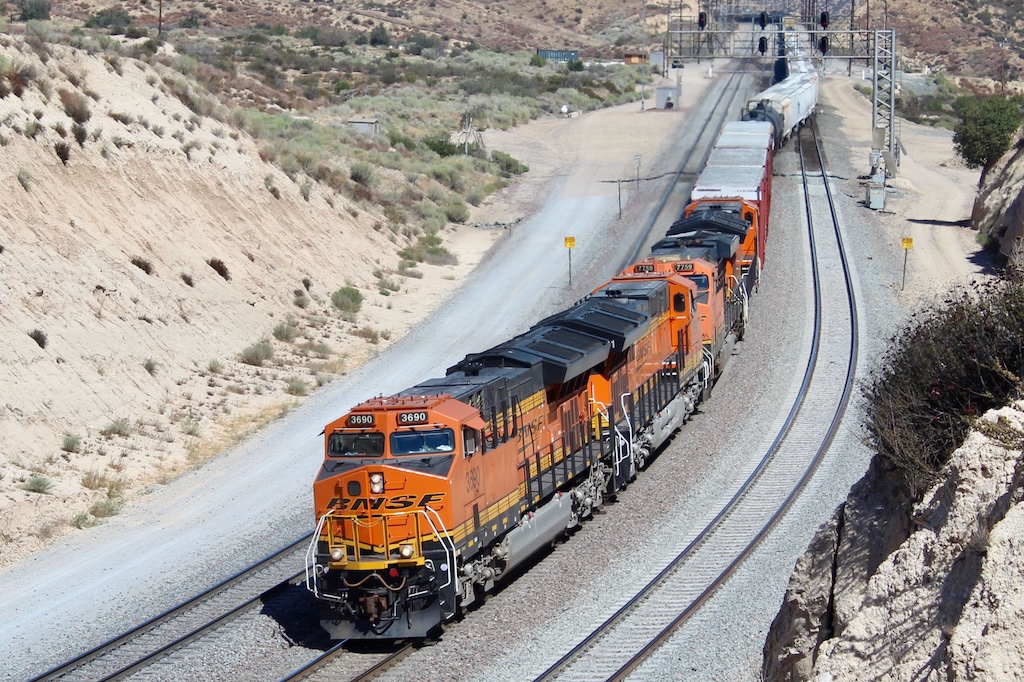
PITTSBURGH — Wabtec is marking the 10th anniversary of the delivery of its first batch of Evolution Series Tier 4 locomotives, which have gone on to become far and away the dominant new road power on Class I railroads.
BNSF Railway was the first to receive the AC-traction locomotives that are designed to comply with the Environmental Protection Agency’s stringent Tier 4 emissions standards.
Of that initial batch of ET44C4’s, BNSF No. 3911 has accumulated more than 1 million miles (1,002,461 as of last week) since entering revenue service on July 31, 2015, BNSF spokesman Zak Andersen says. The unit has been running primarily on the railway’s Southern Transcon and has been averaging 275 miles per day.
Today, No. 3911 has 359 Tier 4 companions in the BNSF fleet, North America’s largest roster of the cleanest-burning locomotives.
Amid a long-term drought for new locomotive orders, Wabtec and predecessor General Electric have built a total of 1,178 North American Tier 4 units to date, including the locomotives delivered this year to Canadian Pacific Kansas City as part of its 100-unit order.
If EMD’s trailblazing FT demonstrator set was the “Diesel That Did It” by convincing railroads to abandon steam, then Wabtec’s ET44AC was the “Diesel That Did It” to EMD. Progress Rail is a Tier 4 also-ran that has sold 100 or so of its EMD SD70ACe‑T4. They remain in use on Union Pacific. CSX purchased 10 but ultimately returned them.
The Wabtec/GE Tier 4 fleet — which includes the ET44AC, the heavier ET44AH, the A1A-A1A ET44C4 with its unpowered center axles, and the ET44ACi international version for use outside North America — has rolled off more than 500 million miles of operation. Combined, the locomotives are nearing 10,000 years of run time.
Neither technical nor commercial success was guaranteed back in the early 2000s when GE Transportation began an effort to design locomotives that could evolve along with the EPA’s phased approach to cleaner-burning heavy equipment.
The EPA’s Tier 2 standards, which applied to locomotives built after Jan. 1, 2005, were the first restrictions placed on NOx and particulate matter emissions. Tier 3, which went into effect Jan. 1, 2012, further tightened particulate matter restrictions. And Tier 4, which has applied to all new builds after Jan. 1, 2015, reduces NOx by 76% and particulate matter emissions by 85%.
Back then the challenge was to build a locomotive that met the more strict emissions requirements while maintaining the level of efficiency, productivity, and reliability of previous generations of AC locomotives, says Rogerio Mendonca, Wabtec’s president of freight equipment.
“Tier 3 was more of an evolution of the technology, and getting to Tier 4 required a different approach,” Mendonca says.
Rather than update its FDL engine, GE developed a new one, the GEVO12-LDD, which relies on exhaust gas recirculation to reduce emissions and delivers 4,365 tractive horsepower.
Most manufacturers of diesel engines for heavy equipment such as excavators and ships turned to after-treatment, which requires the use of urea, a reservoir to carry the liquid, and infrastructure to supply it at fuel pads.
Railroads did not want to add that sort of complexity to their operations, Mendonca says. “And that’s where we designed the concept of the exhaust gas recirculation,” he explains.
Exhaust gas recirculation reduces NOx emissions by 70% compared to a Tier 3 locomotive.
Not every Class I railroad was ready to jump on the Tier 4 bandwagon. Canadian Pacific CEO Keith Creel said over the years that he didn’t want the railway to be on the bleeding edge of locomotive technology, and that the Tier 4 locomotives weren’t as reliable or as fuel efficient as their predecessors.
That has changed as Wabtec has made incremental improvements to the locomotives over the years. Their reliability and fuel efficiency now is on par with earlier locomotives.
“At the end of the day, fuel efficiency, reliability, availability, those are the core fundamentals of any technology. And the fact that today we have the vast majority of Tier 4’s being Wabtec Tier 4’s, and adoption increasing at a much faster rate, that’s an indication that the product has evolved in the right direction,” Mendonca says.
The biggest improvements made to the Evolution Series over the past decade involve tweaks to the exhaust gas recirculation system and the fuel injection system. Also contributing to improved performance: Advancements to the Wabtec locomotive platform, which includes individually controlled AC traction motors, the cooling system, the monitoring system that relays engine health data back to Wabtec, and TripOptimizer, the smart cruise control system.
“As new technologies, there were a number of things that kept evolving over the years, from locomotive No. 1 in July 2015 to the locomotives we’re delivering to CPKC,” Mendonca says.

Wabtec also has engineered fuel flexibility into its locomotives. They can run on a 20% blend of biodiesel or 100% renewable diesel — both of which reduce carbon dioxide emissions — as well as LNG. Wabtec also is working on directly burning hydrogen as a fuel.
With railroads placing a focus on reducing their carbon footprints, it’s unclear how the new locomotive market will change in the coming years as the industry experiments with diesel fuel blends, alternative fuels, natural gas, hydrogen, and battery-electrics.
But Mendonca says the Evolution Series Tier 4 locomotives will be able to evolve and continue to pull freight for 20 to 25 years as they serve as a bridge to the future.
Wabtec Tier 4 rosters
BNSF operates 360 Tier 4 locomotives.
CN’s fleet totals 296 Tier 4 units.
CPKC has a total of 133, including units scheduled for delivery this year and 25 former KCS locomotives.
CSX purchased 225 Wabtec Tier 4 units ,numbered 3250-3274. Currently, five of these locomotives require repairs to return to active service.
Norfolk Southern has 80 ET44ACs on the roster.
Union Pacific declined to provide a figure. But unofficial tallies put its total Tier 4 fleet at 270 units, including 170 Wabtec ET44AH.






